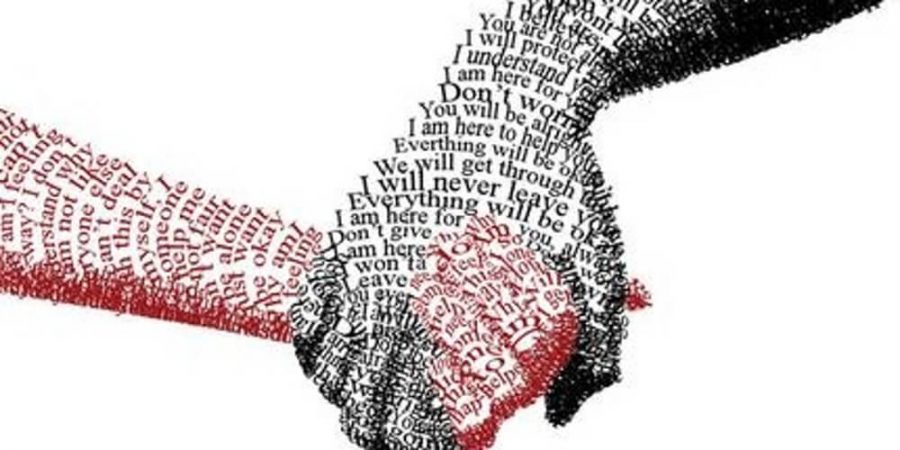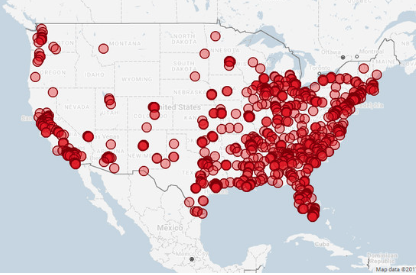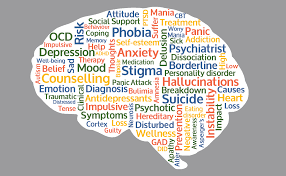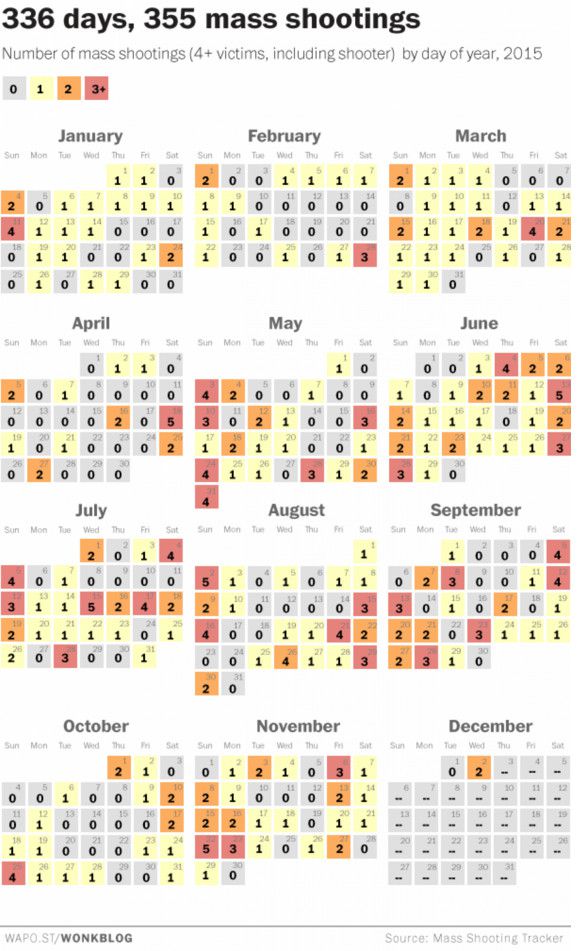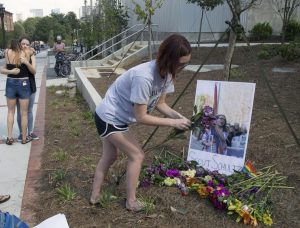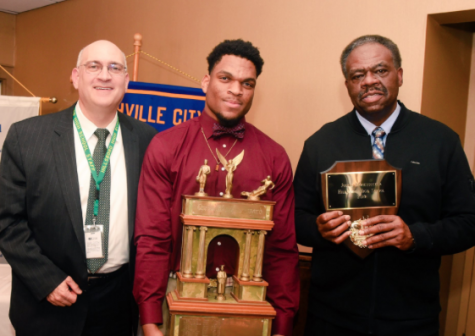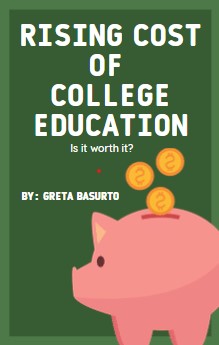Recognizing signs of trouble and suggestions to help increase positive mental health
Understanding the gravity of the past 45 days is difficult for the most savvy student or adult. The scope of the tragedies is large and massive. However, viewing facts for what they are, facts, can help one compartmentalize and a student or adult deal with each area of hurt, grief and fear or anger that a shooting tragedy like that which happened on Valentine’s Day in Florida brings to the surface.
A few facts to note:
- There have been 14 school shootings in the first 45 days of 2018, according to the CDC and other research organizations listed below involving injury as the result of gunfire.
- In eight of the 17 school shootings, a gun was fired but no one was injured.
- Two of the shootings were classified as being attempted or completed suicides with no intent to injure another person.
- The attack on Florida’s Marjory Stoneman Douglas High School is the 18th school shooting in the U.S. within the first 45 days of 2018.
Why people think school shootings happen
Memories are short. People become inoculated to similar tragedies that happen in repetition. “We see it — it comes on television,” Bob Schieffer, Chief Washington Correspondent For CBS News, said, “then it goes away — and then we wait for it to happen the next time.” Does waiting for it to happen again infer that the general public is condoning these actions or is it a symptom of the communities feeling of powerlessness to stop what is happening by traditional means that have worked in the past?
A common theory for the repetition of violence is that it has an effect of contagion. Often these young assassins are inspired by examples set by previous shooters. The fantasies typically intensify over a number of years before they are acted on. With time, the mental images become more detailed, and they often become buttressed by a distorted sense of what is just or moral, such as the need to avenge a perceived offense or the belief in a divine right to decide the fate of others. The line of normal private thoughts of revenge, which many of us have but fail to act on gets crossed and the ideations are acted on.
Almost everyone has imagined vengeful scenarios, even murderous ones, after particularly frustrating experiences, according to research by psychologist David Buss of the University of Texas at Austin. “Such fantasies can defuse tension and thus might be considered a type of psychological hygiene. As Austrian psychoanalyst Theodor Reik put it: A thought murder a day keeps the psychiatrist away.”
How to know when a person is not just imagining a vengeful scenario and is actually planning to act on the thought is the crux of the frustration for almost every school administrator, counselor, teacher, friend, and parent faces. Even more confusing is when to act.
Signs of psychic trouble include being
excessively introverted and lacking strong social attachments.
Adolescents who saw or otherwise experienced violence at a young age are very susceptible to intense brutal fantasies, points out clinical psychologist Al Carlisle, who practices in Price, Utah, and has long studied serial killers and young violent criminals. Such experiences, Carlisle says, “foster a belief that violence is the only way to gain recognition and respect.”
These fantasies become increasingly important to a disturbed youth, and multiple research sources indicate that when a young person is neglected, he begins to neglect his real relationships to focus on the mechanics of the deed he has dreamed about.
Then a serious frustration, such as the breakup of one of his last friendships, death of a friend, relative or parent, or the loss of a stable home life may cause a borderline young person to double up his efforts to follow through with a horrible, attention getting act.
How can the average person help?
It can be as simple as being a friend or simply listening to “that person” who we all know is a little off if for no other reason than to keep a check on how he or she is doing. Money may not “solve” this issue directly, however, lowering class size so teachers can actually build relationship with every student could be a positive start.
Strong relationships with peers, teachers and other adults provide an even more effective shield against destructive fantasies. Criminologists have known for decades that building and maintaining relationships with socially accepted people is the best way to prevent violence.
When a youth establishes ties to people he cares about, he is apt to feel that he has too much at stake to act out his brutal dreams.
School psychologists and social workers need to help disillusioned youths find a place for themselves in society, something many of them feel they lack. In one of Castillo’s home videos he says: “All I wanted was respect…. No one respected me.”
Providing more, not less extracurricular activities with transportation enables students who don’t feel included to have a chance to participate. Earning respect from classmates who like the same kind of interests is important. However, not near enough clubs are available, and even if there is, there is not transportation for all students across school systems.
Providing job counselors has been suggested. On a broader scale, schools should offer seminars that advise students on ways to discover their talents and interests and how to use them to earn admiration.
The common thread of solutions throughout the variety research read and students polled is that those activities that offer accomplishment in concrete ways can change the attitude of almost anyone struggling to be included.
In some cases, a youth may alert the media to his plans.
At Virginia Tech, Cho unleashed two shooting sprees separated by two and a half hours. During that intermission, the young killer mailed a package of homemade videos, photographs and writings to NBC News. Castillo sent a video to a local newspaper in which he vented his rage and hinted that he was planning a massacre at his former school.
The news media must take a stand as well.
Media outlets should make identifying with other school shooters more difficult, journalists and producers should focus less on the perpetrator, his deviant motives and the moment-by-moment unfolding of the dead, the injured and their families. Our quick poll also demonstrates that consequences of the crime are not broad enough and public enough.
The National Institute of Mental Health reports that 1 in 4 Americans suffer a diagnosable mental illness in a given year and that 60 % of people with mental health issues do not receive treatment.
Whether or not this Florida gunman is determined to have had a mental illness, those who provided the AR-15 semi-automatic weapon to him, legally or illegally should be held accountable in some fashion in much the same way bartenders are held accountable for overing serving intoxicated persons who drive drunk.
Driving drunk or unleashed horror in the form of a gun both have similar consequences. And in this case, the weapon of choice slaughtered 14 students and 3 teachers.
The young man now stands accused of committing one of the 10 deadliest mass shootings in modern US history.
He has been charged with 17 counts of premeditated murder, the sheriff’s office said. He is now under a suicide watch.
The focus should now move to those who knew more about the possibility of this happening. It should now turn to solutions that enable those who know information to have a safe place to inform authorities.
Research, data, sources and evidence has been derived from the below sources.
- Analysis of data from the Centers for Disease Control (CDC) and Prevention,
- National Center for Health Statistics.
- Population Reference Bureau
- National Center for Health Statistics
- Multiple Causes of Death Public Use Files for 2003-201


